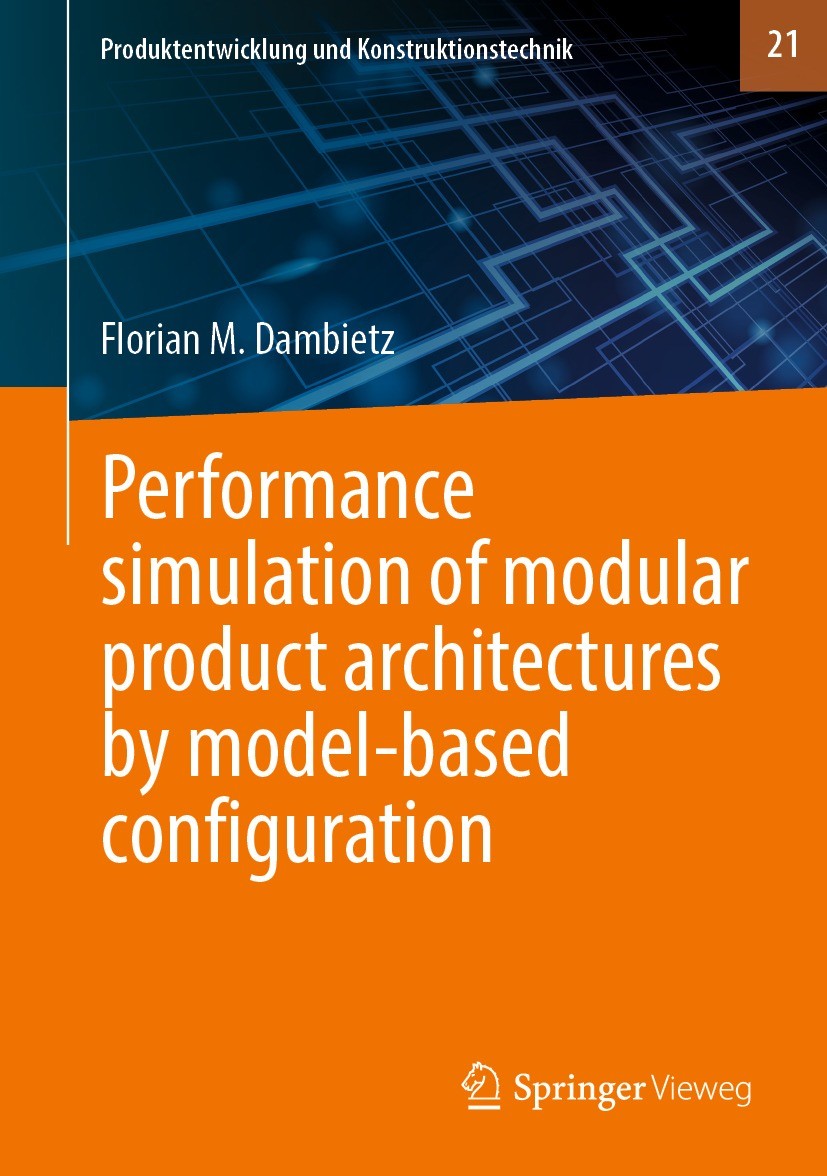| 书目名称 | Performance simulation of modular product architectures by model-based configuration |
| 编辑 | Florian M. Dambietz |
| 视频video | http://file.papertrans.cn/744/743861/743861.mp4 |
| 概述 | Provides a multi-dimensional simulation for the early-stage performance assessment.Develops a dynamically adaptable product configuration system for complex product architectures.Implements the modell |
| 丛书名称 | Produktentwicklung und Konstruktionstechnik |
| 图书封面 |  |
| 描述 | .The use of modular product architectures can significantly increase the efficiency in manufacturing companies. Various modularization methods are used in the development of these architectures, but they always result in different architecture alternatives. This thesis describes the development of a model-based simulation for multi-dimensional performance assessment of these architecture alternatives with their corresponding modular kits. The central element of this simulation is formed by a model-based configuration system, identifying individually valid product variants using concepts and tools of Model-based-systems-engineering (MBSE). Based on the developed Hyperspace algorithm, a geometric-mathematical solution approach, these variants are then evaluated considering multiple parameters. By recursively configuring multiple customer requests using alternative modular kits, an individual performance criterion of these alternatives can be generated, including customer-, market- andcompany parameters. This thesis describes the development of the performance simulation on the basis of a simplified explanation example. A validation based on customer-specific laser welding systems is |
| 出版日期 | Book 2022 |
| 关键词 | Modular Product Architecture; Performance Simulation; Product configuration; Model-Based Systems Engine |
| 版次 | 1 |
| doi | https://doi.org/10.1007/978-3-662-64233-7 |
| isbn_softcover | 978-3-662-64235-1 |
| isbn_ebook | 978-3-662-64233-7Series ISSN 2629-2157 Series E-ISSN 2662-7485 |
| issn_series | 2629-2157 |
| copyright | The Editor(s) (if applicable) and The Author(s), under exclusive license to Springer-Verlag GmbH, DE |
 |Archiver|手机版|小黑屋|
派博传思国际
( 京公网安备110108008328)
GMT+8, 2025-11-22 11:08
|Archiver|手机版|小黑屋|
派博传思国际
( 京公网安备110108008328)
GMT+8, 2025-11-22 11:08


